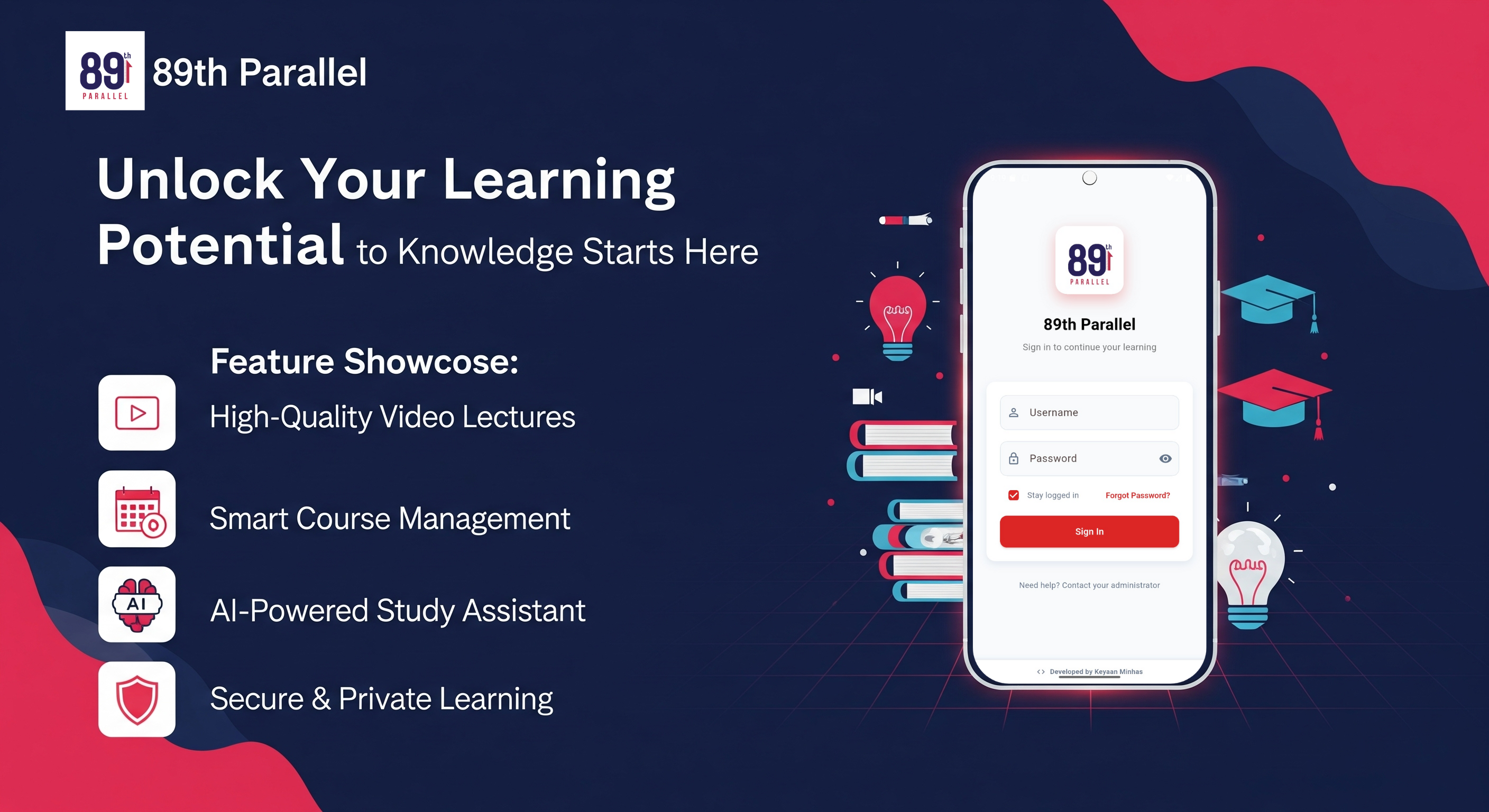The 7 Best Study Methods for All Types of Students
All Posts
The 7 Best Study Methods for All Types of Students
Every student studies differently. Some can memorize entire chapters by reading once, while others need to break concepts into smaller parts. The truth is, there isn’t a “one size fits all” method when it comes to learning. However, research has shown that certain study techniques work well across different types of learners. Whether you are preparing for school exams, university courses, or professional certifications, using the right method can save time and improve retention. Below are seven of the best study methods you can try, no matter your learning style.
1. The Pomodoro Technique
If you find yourself easily distracted or overwhelmed by long study sessions, the Pomodoro Technique is perfect for you. It involves studying in short, focused bursts of 25 minutes, followed by a 5-minute break. After completing four cycles, you take a longer break of 15 to 30 minutes. This method helps maintain high levels of concentration, reduces procrastination, and prevents mental fatigue. Students who struggle with attention span often find this approach highly effective.
2. Active Recall
One of the most powerful ways to study is by testing yourself on the material. Active recall forces your brain to retrieve information instead of simply reviewing it. For example, instead of rereading your notes, cover them and try to explain the concept out loud. Flashcards, quizzes, or even writing a summary from memory are great ways to practice active recall. The more effort you put into retrieving knowledge, the stronger your memory becomes.
3. Spaced Repetition
Cramming the night before an exam rarely works. A better method is spaced repetition, which involves reviewing material at increasing intervals. For instance, you might review your notes after one day, then three days, then a week, and finally a month. This scientifically proven approach strengthens long-term memory by preventing information from fading. Apps like Anki and Quizlet make it easier by automatically scheduling your reviews for optimal learning.
4. Mind Mapping
For visual learners, mind mapping transforms complex information into diagrams. Start with a central idea in the middle of the page, then branch out with related topics, keywords, and images. This helps you see connections between concepts, making it easier to recall information during exams. Mind maps are particularly useful for subjects like history, science, and literature, where multiple ideas are linked together.
5. Teaching Others
They say the best way to learn something is to teach it. When you explain a concept to someone else, you must simplify and organize your knowledge. This process highlights gaps in your understanding and strengthens retention. Even if you don’t have a study partner, try explaining the material to yourself out loud or pretend you are teaching a class. It may feel silly at first, but it’s a proven technique for deeper learning.
6. Practice Testing
Taking practice tests not only helps you prepare for the real exam but also reduces anxiety. By simulating test conditions, you train your brain to recall information under pressure. Practice testing is especially useful for math, science, and multiple-choice exams. Reviewing your mistakes after each test also shows you where to focus your next study session.
7. The Feynman Technique
Named after Nobel Prize-winning physicist Richard Feynman, this method involves writing down a topic and explaining it in the simplest way possible, as if teaching a beginner. If you struggle to explain clearly, go back to your notes and learn again until you can. The Feynman Technique ensures that you truly understand the material, rather than just memorizing it.
Final Thoughts
There is no single best way to study, but these seven methods have helped countless students improve their learning outcomes. Try combining two or three techniques that fit your style. For example, you might use active recall with flashcards, apply spaced repetition to review, and use the Pomodoro Technique to manage your time. Ultimately, the key is consistency—studying a little every day is far more effective than cramming the night before. Experiment, stay disciplined, and you’ll find the perfect routine for your academic success.

